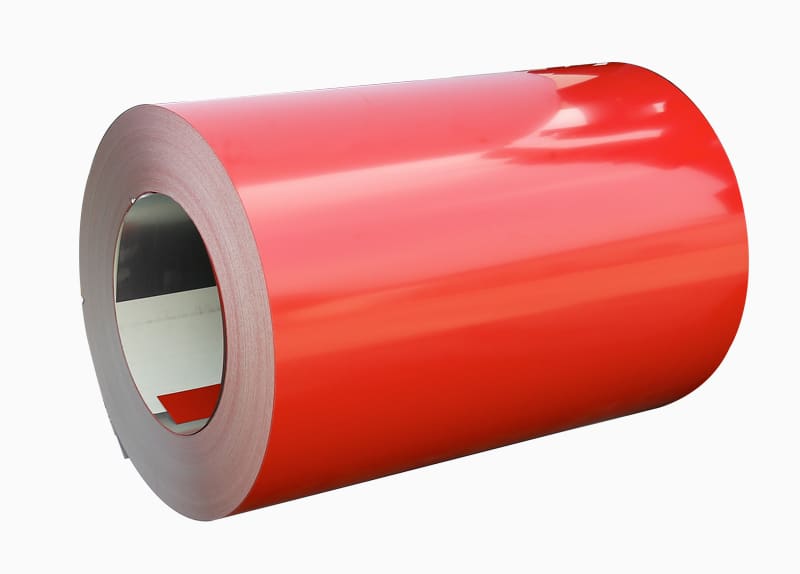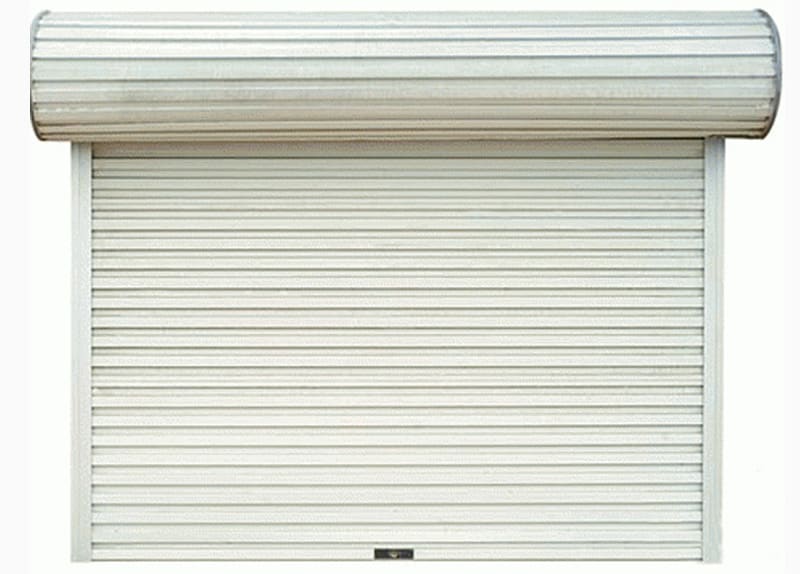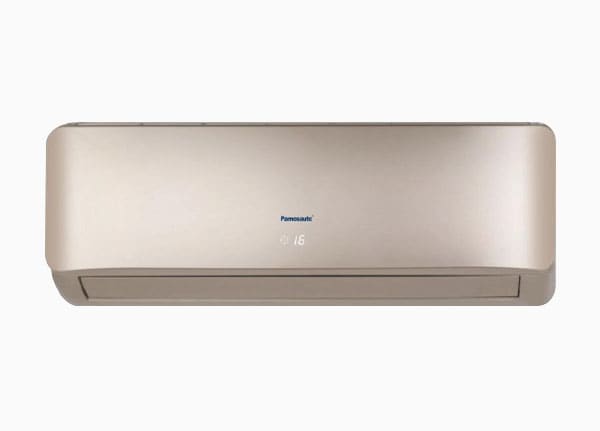- no.8,zaolin road,
longxiang street,
tongxiang,zhejiang,china - +86 573 89381086[email protected]
- DownloadsPDF Brochures
Before a single coil is moved, thorough preparation is paramount. This phase involves several critical steps:
Inspection of the Coils: Each steel coil must be inspected for any visible damage, such as dents, rust, or deformities, which could compromise its integrity during transit. The weight, dimensions, and center of gravity of each rolled steel unit are confirmed and recorded.
Carrier Inspection: The transport vehicle, whether a truck trailer, railcar, or ship's hold, undergoes a rigorous inspection. This includes checking the structural integrity of the bed, the condition of tie-down points, and ensuring the absence of sharp protrusions that could damage the coils. For flatbed trucks, the load-bearing capacity must be verified against the total weight of the steel rolls.
Equipment Readiness: All loading equipment, such as overhead cranes, forklifts with coil rams, or specialized coil tilters, must be inspected for proper functioning and calibrated. Operators must be certified and experienced in handling heavy, cylindrical loads.
Dunnage and Chocking: Adequate dunnage (support materials like timber or specialized cradles) and chocking materials (wedges to prevent movement) are prepared. These are crucial for distributing weight evenly and securing the rolled steel in place.
The method of loading depends largely on the type of steel coils (e.g., hot-rolled, cold-rolled, galvanized), their size, the available equipment, and the transport mode.
In this common method, steel coils are loaded with their "eye" (the central opening) facing upwards.
Advantages: This orientation can be more stable in certain transport scenarios and is often preferred for larger diameter steel rolls. It allows for easier access for strapping and securing from above.
Technique: Overhead cranes with specialized C-hooks or electromagnets are typically used. The crane precisely lowers the steel coil onto pre-positioned dunnage or specialized cradles. Once in place, the coils are secured using heavy-duty chains, binders, and sometimes additional chocks or bracing. It's crucial to distribute the weight evenly across the entire loading area.
This method involves loading the steel coils with their eye facing horizontally.
Advantages: This is often the preferred method for smaller to medium-sized steel coils, as it can optimize space and prevent the coils from "walking" during transit.
Technique: Forklifts with dedicated coil rams are commonly employed. The ram is inserted through the eye of the rolled steel, and the coil is carefully lifted and positioned onto the transport bed. For railcars or ships, specialized coil cradles are often integrated into the floor to perfectly accommodate the curvature of the steel coils. Multiple coils can be loaded side-by-side, ensuring they are tightly butted against each other and secured with robust strapping and chocking to prevent any lateral or longitudinal movement.
Sometimes, a combination of both eye-to-sky and eye-to-side methods is used, particularly for mixed shipments or to optimize space. In such cases, the securement plan becomes even more critical, requiring careful consideration of weight distribution and potential shifting of the steel rolls.
Once the steel coils are positioned, the most critical phase—securement—begins. This involves preventing any movement during transit.
Chaining and Strapping: High-strength chains, often with tensioning devices (binders), are run over and through the steel coils and attached to the vehicle's tie-down points. Heavy-duty synthetic straps can also be used, particularly for lighter rolled steel or when surface scratching is a concern.
Blocking and Bracing: Wooden blocks, steel wedges, or specialized dunnage are strategically placed around the base of the steel coils to prevent rolling or sliding. For horizontal loading, steel crossbars or similar bracing may be used to create a rigid barrier.
Friction Mats: Anti-slip friction mats are often placed between the steel coils and the transport bed to increase the coefficient of friction and reduce the likelihood of shifting.
Load Distribution: The weight of the steel coils must be evenly distributed over the axles of the truck or the length of the railcar/ship to comply with legal weight limits and ensure vehicle stability.
Before departure, a final inspection is conducted to ensure all securement points are tight and correct. Documentation, including a loading diagram and details of the steel coils (weight, dimensions, type), is prepared for the driver or crew. This documentation is vital for potential inspections during transit and for safe unloading at the destination.
Loading steel coils is a highly specialized task that requires continuous training, strict adherence to safety regulations, and the use of appropriate equipment. By meticulously following these professional guidelines, the safe and efficient transport of these vital industrial products, whether they are referred to as steel coils, steel rolls, or rolled steel, can be ensured, protecting both personnel and cargo.

With high anti-rust performance, they are popular used in co...

PPGI / PPGL COIL full name is prepainted galvanized / galval...

Port:Zhejiang,China Advantages of Our Prepainted Galvanized ...

APPLICATION OF PPGI Construction:Outside:Workshop, agricultu...

